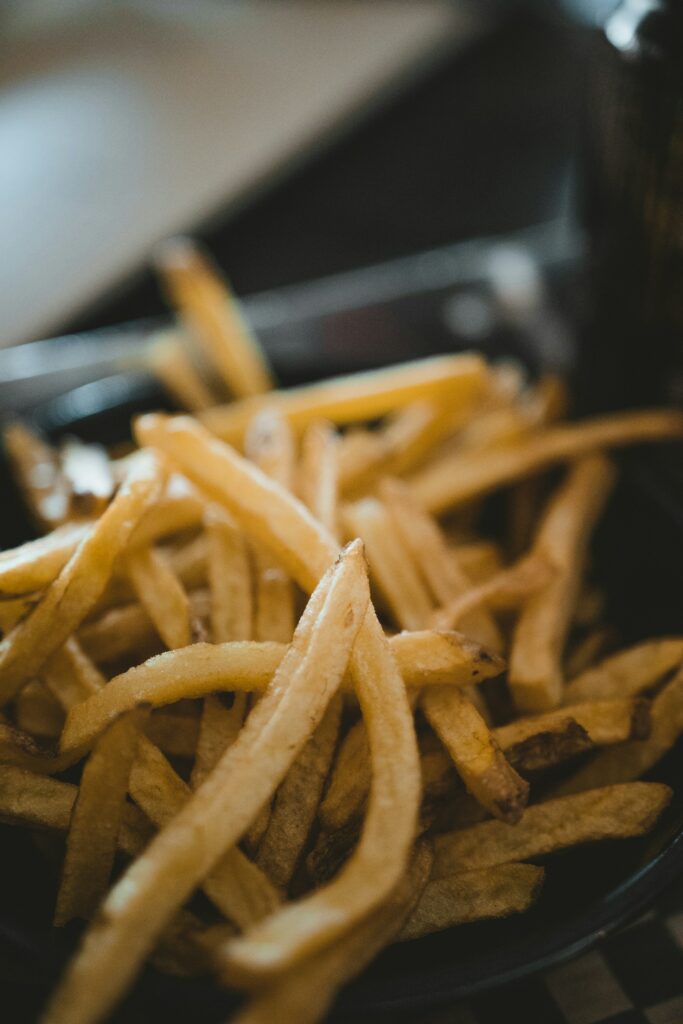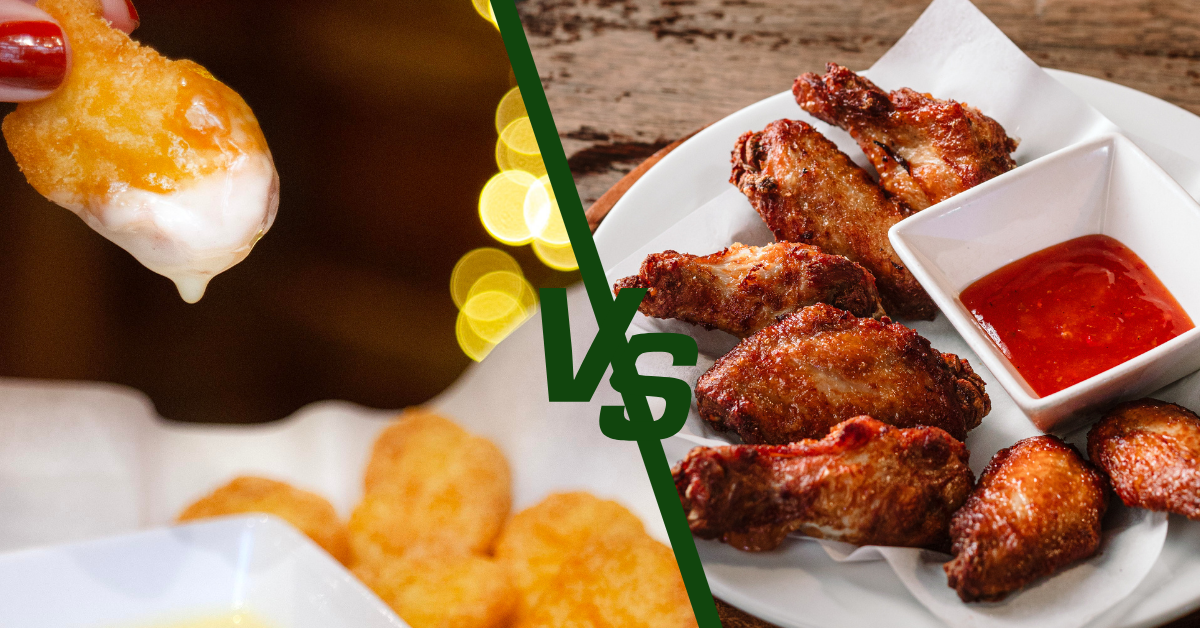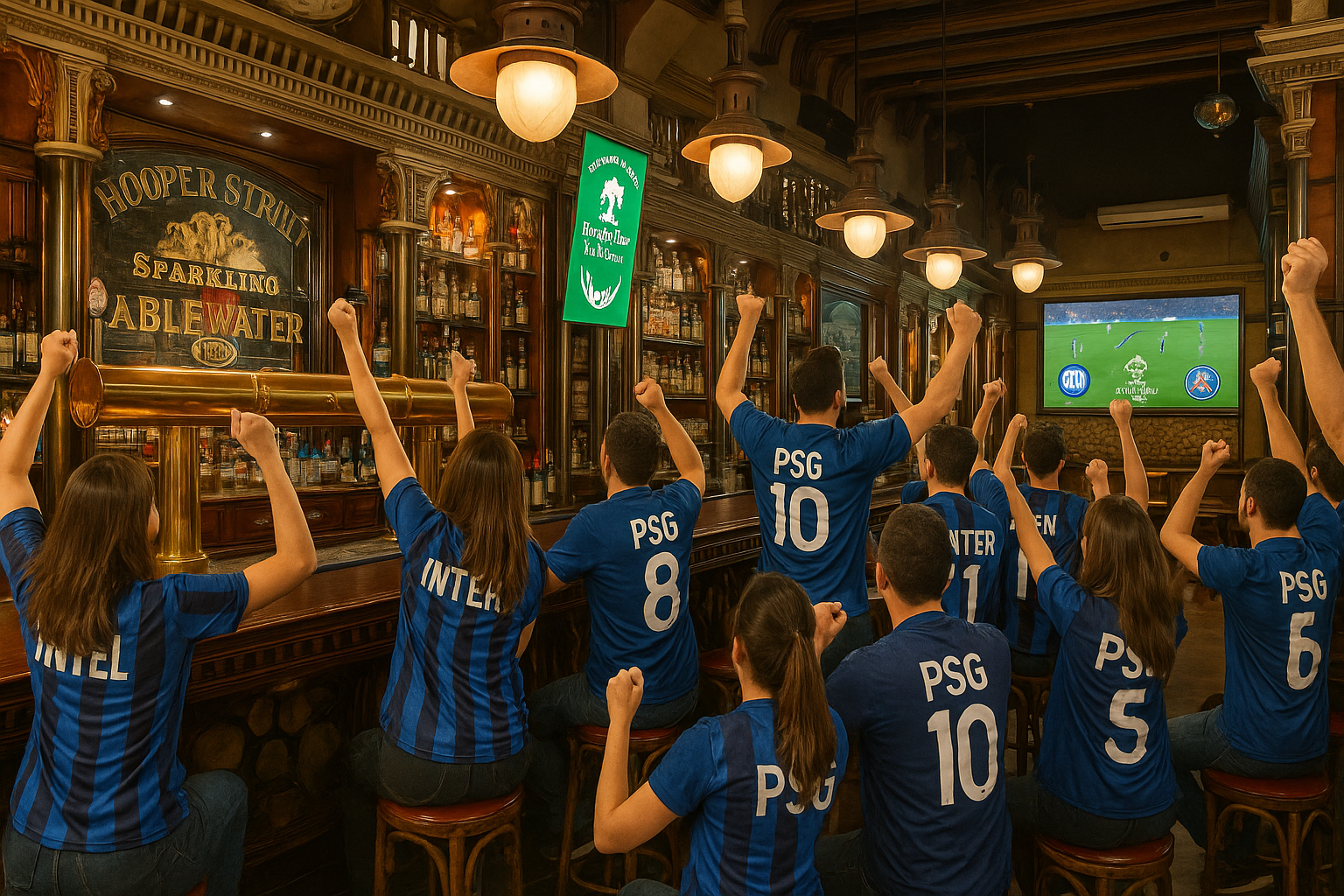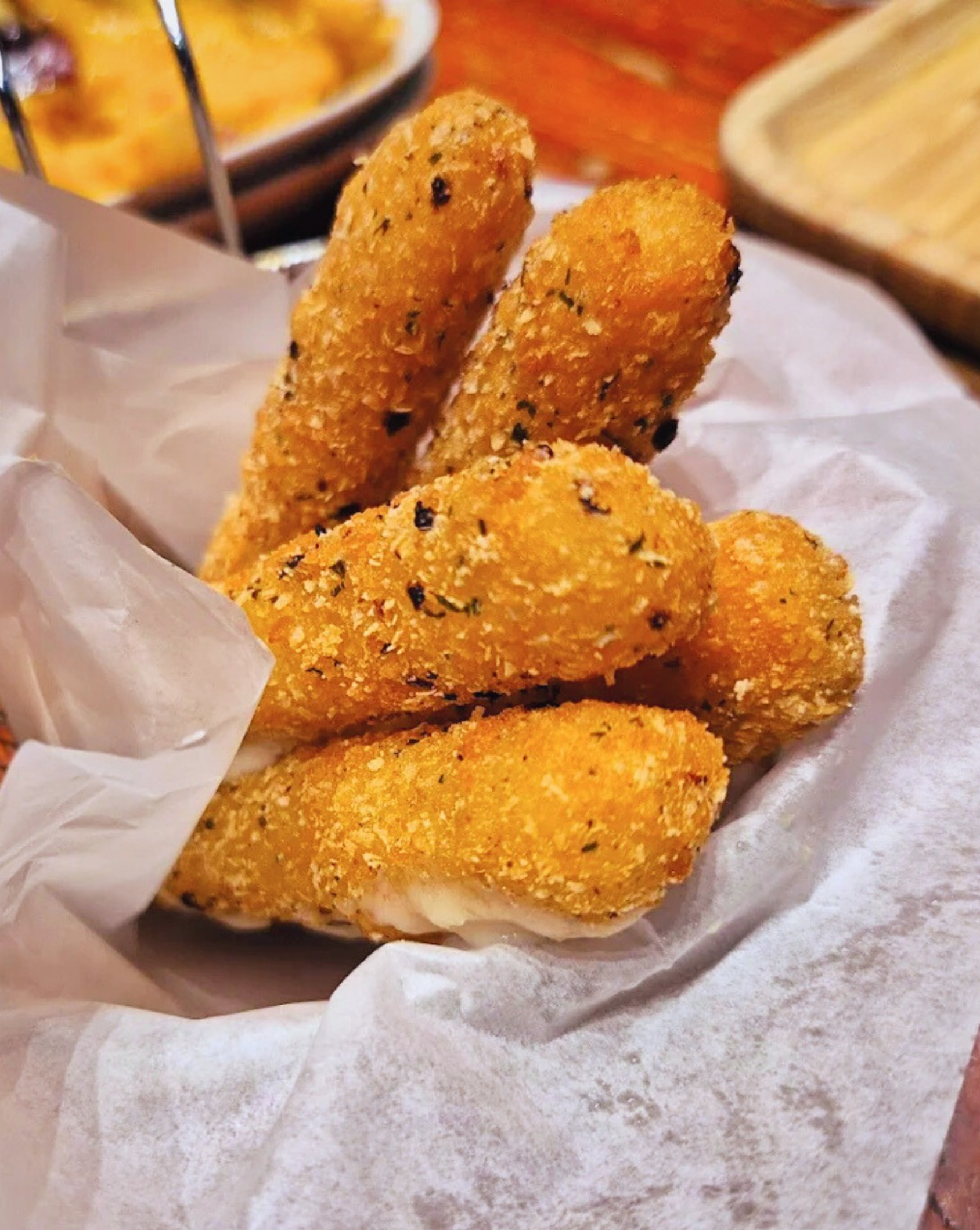Hello, French fry lovers! Temple bar in Barcelona is ready to celebrate one of the most delicious days of the year: Fried Potato Day! To make you enjoy this crunchy treat even more, we’ve brought you a list of curious and surprising facts about French fries that are sure to make you salivate.
Table of Contents
The controversial origin
Although the French and the Belgians dispute the invention of French fries, the most accepted theory is that the Belgians started frying potatoes in the 17th century. It is said that when the River Meuse froze in winter, Belgian fishermen could not fish, so they cut potatoes into strips and fried them as a substitute for fish. The French, however, argue that they were the ones who popularised French fries in Paris, serving them on the bridges over the Seine in the 18th century.
The name "French fries"
Despite the English name “French fries”, it is believed that American soldiers, upon arriving in Belgium during World War I, called them that because the primary language of the Belgians was French. The soldiers were so delighted with the fries that they took the recipe back to the United States, where the term “French fries” quickly became popular.
The first bag of French fries
In 1953, Laura Scudder, an American businesswoman, revolutionised the food industry by inventing the sealed bag of French fries. Before her invention, French fries were sold in barrels or tins, which made them lose their freshness quickly. The sealed bag allowed the fries to stay crispy and fresh for longer, transforming the way they were marketed.
French fries in numbers
In the United States alone, over 1.5 billion kilograms of French fries are consumed each year. This equates to approximately 22 kilograms per person. This massive consumption reflects not only the popularity of French fries in the American diet but also their ubiquitous presence in restaurants, fast food, and homes.
The world record
The Guinness World Record for the largest serving of French fries is held by a restaurant in Portland, Oregon. In 2014, they cooked a serving that weighed 907 kilograms. This monumental effort involved a team of cooks and volunteers who worked for hours to fry and assemble the gigantic mound of fries, which was then distributed to attendees and donated to local food banks.
Unusual flavours
In Japan, French fries come in an astonishing variety of flavours ranging from seaweed and honey butter to chocolate. This diversity of flavours reflects the Japanese trend of experimenting with unique culinary combinations and surprising consumers with innovative options. Flavoured fries are a big hit and attract both locals and curious tourists.
Monuments to the French fry
In the city of Geraardsbergen, Belgium, there is a statue dedicated to the French fry. This city is famous for being one of the places where Belgian fries originated. The monument, a gigantic sculpture of a French fry in a paper cone, celebrates the country’s rich culinary tradition and the Belgian passion for this iconic snack. Tourists and locals often stop to take pictures with the statue and enjoy a portion of fries at one of the many nearby stands.
So, you know, at Temple we celebrate fried potato day with a bunch of curious facts that you can share while enjoying a delicious portion of our crispy French fries. We look forward to celebrating this special day with you.




